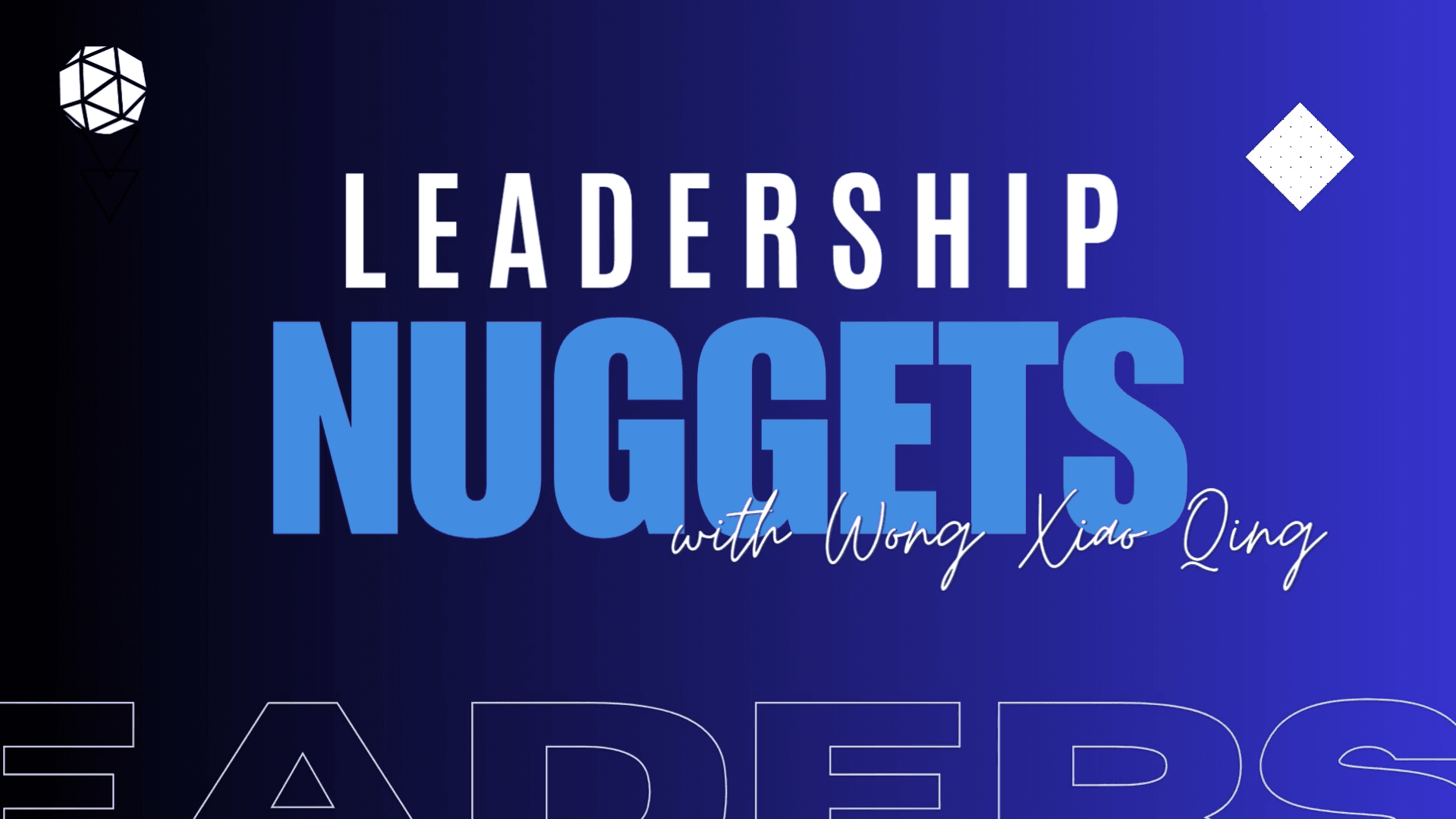My Predictions For 2019

As we come to the close of another year, and as many business leaders reflect on triumphs and challenges and start planning to build for successes in the new year, I decided to start on a journey of ‘conversations’, where I ‘interviewed’ numerous outstanding leaders on what the key trends and predictions for 2019 would be.
According to American market research firm, Forrester, the focus for business trends in 2019 will centre on one word: pragmatism. In many of the interviews I conducted over the past month, that word morphed itself in different ways.
Nora Abd Manaf, group chief human capital officer of Maybank, explained that “we don’t know what we don’t know, so we always need to be in a crisis mode”. She goes on to share practical ways for human resources (HR) folks to relook at engagement and always be aware and alert.
Yet another HR director explained that in previous years, there had been a strong emphasis on broad-based (and often vague) cultural transformations.
The idea was that if companies got their culture right, productivity, innovation and engagement would soar as a result. He explains that in 2019, the focus on culture is set to be replaced by a more direct and ‘pragmatic’ approach – getting the employee experience right.
Izham Ab Wahab, head of group human capital, DRB-Hicom believes 2019 will see ‘flat-ish growth’ and with competition heating up, businesses will be hard-pressed to maintain their current revenue streams, driving leaders to seek pragmatic solutions to driving up employee engagement and keeping hold of their top performers, especially in sales (more on this later!).
As impactful as away-days and team-building weekends are, looking at the bigger picture, organisations and employees will demand even more investment in training especially in areas that offer real opportunities to understand and be able to execute the company’s ‘secret sauce’ and business strategy.
While it might be tempting to do things ‘the way they’ve always been done’, organisations that are slow to move forward or step out of their comfort zones will soon find themselves behind the curve and possibly facing their own ‘Kodak’ moment.
According to Rowena Capil Florece, human resources director at Microsoft, this means that the HR function needs to step out into the front-line. HR cannot remain a backroom function but must be proactive, even venturing into the sales and customer space.
This may result in significant structural changes in HR, but it is a step that the HR function must take to evolve or risk becoming irrelevant.
Whether it’s employee engagement, embracing digital, stepping into the unknown, or simply improving the customer experience, the next 12 months will mark the beginning of pragmatism in business.
Leaders and organisations alike will need to take an honest look at where they are and where they want to go. Wherever the destination lies, it will require a significant degree of courage and innovation to get there. Facebook founder and chief executive Zuckerberg adds, “The only strategy that is guaranteed to fail is not taking risks.”
With that in mind, let’s take a look at a few key trends in the HR space for 2019 and beyond that I uncovered in my conversations with key Asian leaders:

1. Disrupt your function, or become obsolete
Almost every single leader I spoke to emphasised that the HR space is poised for disruption, but not a revolutionary one – rather, it’s a pragmatic, evolutionary one.
Many companies have policies to ensure employees work hard to disrupt themselves just to stay ahead of the curve, and this will be the new norm.
What does this mean? For HR, it means enabling people to work faster, smarter and in more collaborative ways. The Queen of Hearts advised Alice in Wonderland, “My dear, here we must run as fast as we can, just to stay in place.
And if you wish to go anywhere you must run twice as fast as that.” HR needs to champion building a collaborative workspace where efficiency and effectiveness thrives.
2. Investments into employee wellness
To do no. 1 (HR to create structures for a faster-paced and collaborative organisation), Salika Suksuwan, executive director of human capital of PricewaterhouseCoopers (PwC) believes, “HR must focus hard on employee well-being”. Taking care of employee’s wellbeing, physically, mentally, and even spiritually, in this new fast-paced world should be key in 2019, according to her.
What does this mean? She suggests some pragmatic ways including enabling employees to recharge and rejuvenate throughout the year, have policies that allow sabbaticals or short career breaks, and provide avenues for employees to de-stress.
3. Focus on the front-end of the business
With HR being a back-end function, HR professionals generally meet a lot of back-end and support employees. To many in HR, front-end employees (i.e. sales and business development (BD) folks) tend to be problematic and consistently fickle.
According to Izham Ab Wahab, 2019 will see a lot of focus on building great sales and business development teams to help protect revenue streams and to find new sources of revenue.
With the lack of talented sales and BD professionals in the country, there is going to be huge emphasis on growing and developing the BD function through enhanced recruitment and a more structured approach to invest in the development of current sales and BD professionals in the organisation.
This will require the HR function to become more ‘front-focused’ and closely aligned with the front of the organisation, as Rowena Florece argues.
4. Work will change – and HR must drive this change
Last year, I wrote about the changing nature of work. Not many understood what I meant then, but today more HR leaders are beginning to take note. Work today is measured by time. We work 8am to 5pm, five days a week, and get paid a salary for time put in, regardless of output. Some produce more, while others don’t deliver, yet are paid a salary.
HR has begun differentiating salaries, but I believe that work will cease to be time-based and move into an output-based measurement. What does this mean? It means that we will start paying people based on output. The more you produce, the more you are paid.
The gig economy is already driving this new wave, but it requires HR teams to start measuring each role based on output, which is hard work. Slowly, as we digitise roles, more and more measurements will evolve to an output methodology, paving the way for a complete overhaul of how we work and are paid for work. Watch this space closely!
5. HR drives digital content creation and curation
Did you know that there are over 2.5 billion social media users, with approximately one million being added every day? In Feb 2016, there were 4.4 million videos uploaded to Facebook, accruing nearly 200 billion views (Source: ReelSEO).
Visual content receives 40 times more engagement than other types of content online, and now LinkedIn is seeing a rise in popularity of video as 55 per cent of business users posted videos in 2017, compared to 38 per cent in 2016.
This number is set to grow as organisations at the forefront of digital realise that there’s a wealth of opportunity to be tapped into when social media and digital marketing are fully embraced.
What does this mean for HR? HR needs to help the business create digital content, drive digital engagement efforts and push efforts to ensure all employees learn about their product, services, culture and business secrets (a.k.a. the secret sauce of the business) through engaging content.
How can HR do this? By creating structures that ensure employees and leaders have avenues to create, construct and distribute internal content to each other. And by changing the way people learn, as Salika Suksuwan adds, “by making learning and development into byte-size, or more snackable” and easily consumed by employees.
6. Personalisation
In Malaysia, much of business and the HR function has been fixated on ‘One-Policy-&-Rule-Fits-All’. But with the gig economy, and different individuals’ capability, motivation and starting points, we have to move to a more sophisticated personalised approach.
This was not possible a few years ago, but with the collection of data, Industry Revolution 4.0 and better systems, we can design a customised approach at low costs and quite seamlessly.
Take, for example, learning and development. Our digital team at Leaderonomics has designed a learning management system that is able to provide ‘contextual learning to an individual at their time of need’.
This means that you get information, content or specific insights just a few minutes before you encounter a specific situation. Not a month too early or a few weeks too soon, but at the point of need. If learning can become ‘just-in-time’ and personalised to an individual, so can other areas in HR.
At Leaderonomics, from office design to work time flexibility, each has been personalised for the employee. Employee engagement will be about personalisation and customisation and it will not increase costs, but rather increase engagement and have a significant positive effect on the financials.
I would like to take this opportunity to wish each of you a great 2019. As this will be our final print pull-out in The Star, do make sure you sign up for our Leader’s Digest to get your weekly dose of great leadership articles from Leaderonomics.com and to keep learning and growing in 2019.
Best wishes,
Roshan Thiran
Founder, Leaderonomics
P.S. All these ‘conversations’ I had can be accessed on my LinkedIn page at linkedin.com/in/roshanthiran/ if you want to get the full-blown insights from these conversations.
Prefer an e-mag reading experience? This article is also available in our 29th December, 2018 digital issue. Access our digital issues here.
Leadership
Tags: Executing Leadership, HR, Research & Development, Systems & Structures
Roshan is the Founder and “Kuli” of the Leaderonomics Group of companies. He believes that everyone can be a leader and "make a dent in the universe," in their own special ways. He is featured on TV, radio and numerous publications sharing the Science of Building Leaders and on leadership development. Follow him at www.roshanthiran.com





